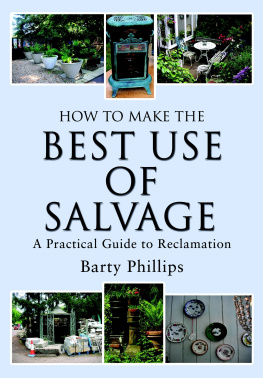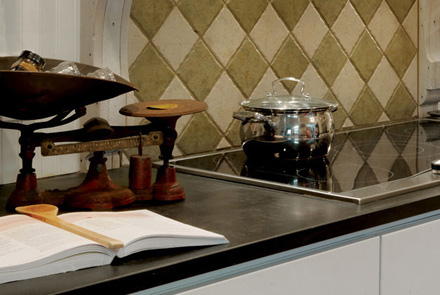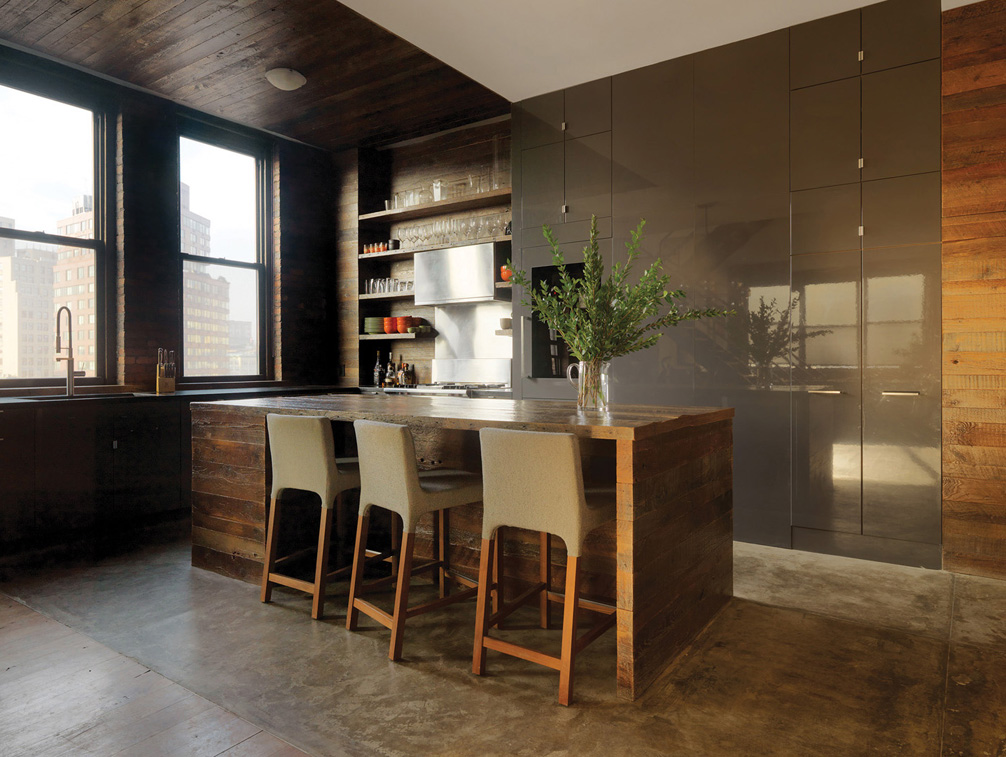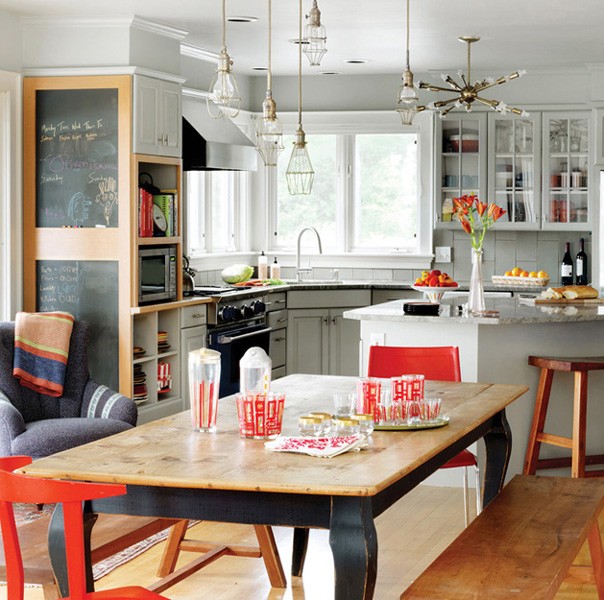Joanne Palmisano - Salvage Secrets Design & Decor: Transform Your Home with Reclaimed Materials
Here you can read online Joanne Palmisano - Salvage Secrets Design & Decor: Transform Your Home with Reclaimed Materials full text of the book (entire story) in english for free. Download pdf and epub, get meaning, cover and reviews about this ebook. year: 2014, publisher: W. W. Norton & Company, genre: Home and family. Description of the work, (preface) as well as reviews are available. Best literature library LitArk.com created for fans of good reading and offers a wide selection of genres:
Romance novel
Science fiction
Adventure
Detective
Science
History
Home and family
Prose
Art
Politics
Computer
Non-fiction
Religion
Business
Children
Humor
Choose a favorite category and find really read worthwhile books. Enjoy immersion in the world of imagination, feel the emotions of the characters or learn something new for yourself, make an fascinating discovery.

- Book:Salvage Secrets Design & Decor: Transform Your Home with Reclaimed Materials
- Author:
- Publisher:W. W. Norton & Company
- Genre:
- Year:2014
- Rating:4 / 5
- Favourites:Add to favourites
- Your mark:
Salvage Secrets Design & Decor: Transform Your Home with Reclaimed Materials: summary, description and annotation
We offer to read an annotation, description, summary or preface (depends on what the author of the book "Salvage Secrets Design & Decor: Transform Your Home with Reclaimed Materials" wrote himself). If you haven't found the necessary information about the book — write in the comments, we will try to find it.
A visually sumptuous idea book, showcasing an eclectic array of interior design possibilities using salvaged goods. Following up on her celebrated first Salvage Secrets book, which Fine Homebuilding called An invaluable first step in the salvage-for-design journey, here salvage design guru Joanne Palmisano takes readers further, exploring a wealth of smaller-scale interior design and decor concepts. Bottle caps turned into a kitchen backsplash, old bed springs reinvented as candle holders, and a recycled shipping container-turned-guesthouse are just a few examples of the innovative repurposing of second-hand items that readers will discover. From retro and modern to classic, cottage, and urban chic, Palmisano takes readers on a sumptuous visual journey featuring unique salvage ideas in an eclectic array of styles, for every room in the housekitchens and dining rooms, bedrooms and bathrooms, living rooms and dens, and entryways and outdoor areas. The journey continues with a sampling of cutting-edge retail spaces, hotels, cafes, and boutiques across the country that incorporate salvage into their designs, such as Industrie Denim in San Francisco, Stowe Mountain Lodge in Stowe, Vermont, and Rejuvenation in Portland. Profiles of thirteen salvage success stories are also included, showcasing the imaginative designs of creative homeowners. And lastly, fourteen easy, do-it-yourself projects are included at the back of the book (with step-by-step instructions), not to mention a comprehensive Where to Find Salvage resource section. Packed with over 350 color photos, Salvage Secrets Design & Decor offers a trove of salvage ideas to inspire, proving that you need look no further than your local rebuild center, architectural salvage shop, or flea market to transform your living space.
Joanne Palmisano: author's other books
Who wrote Salvage Secrets Design & Decor: Transform Your Home with Reclaimed Materials? Find out the surname, the name of the author of the book and a list of all author's works by series.












